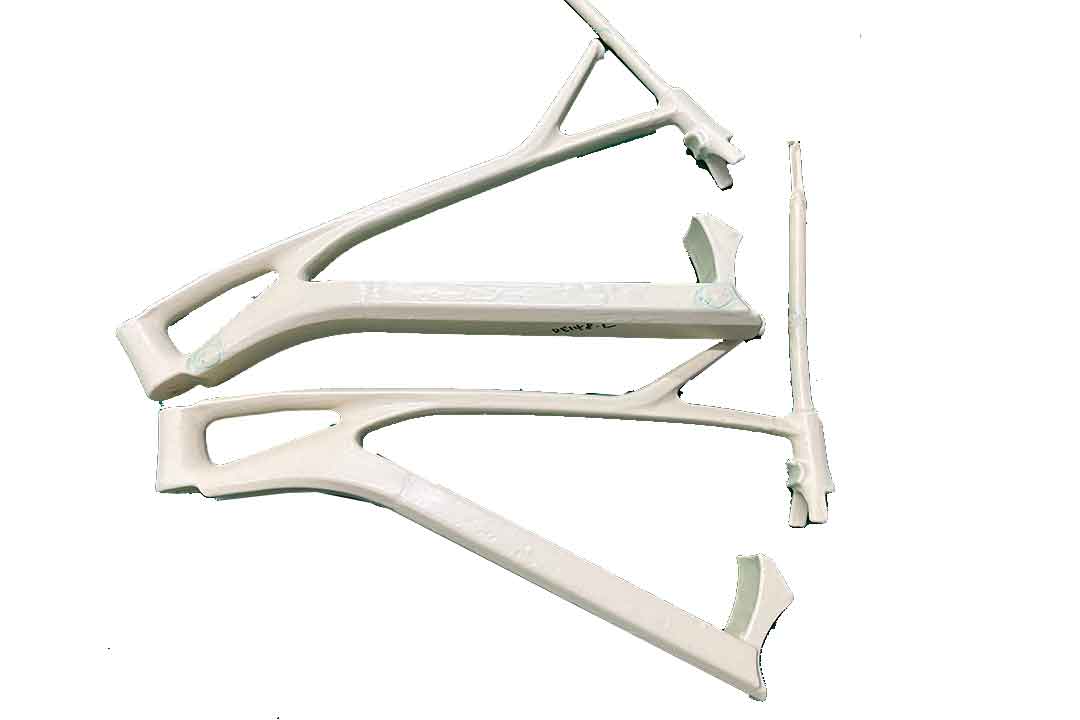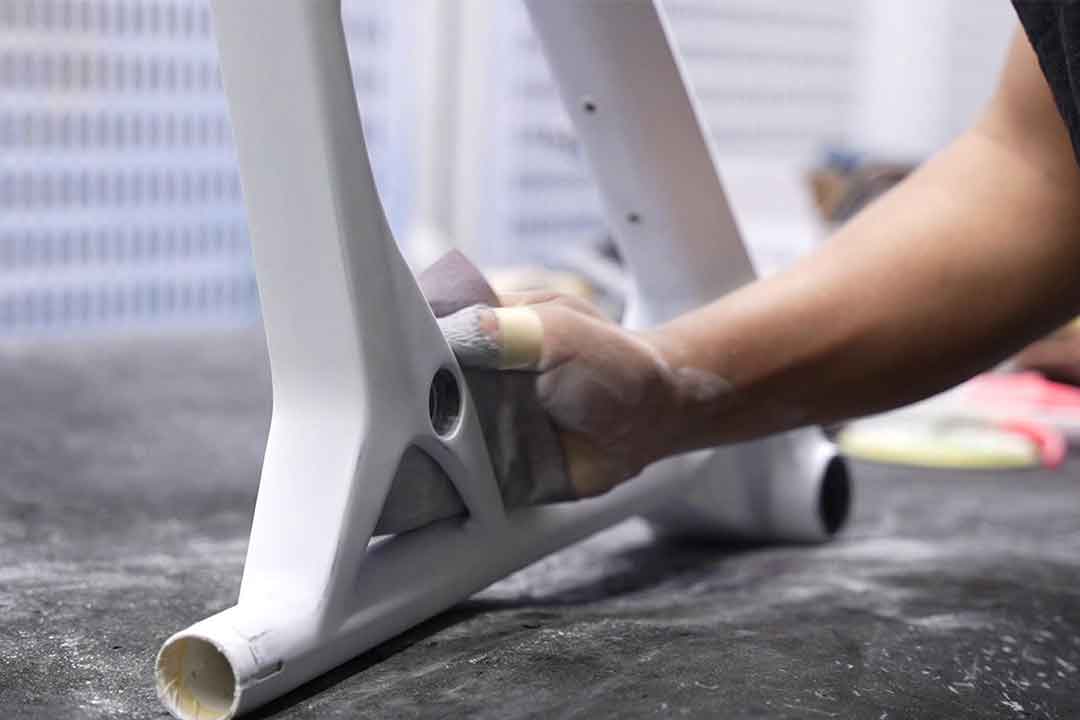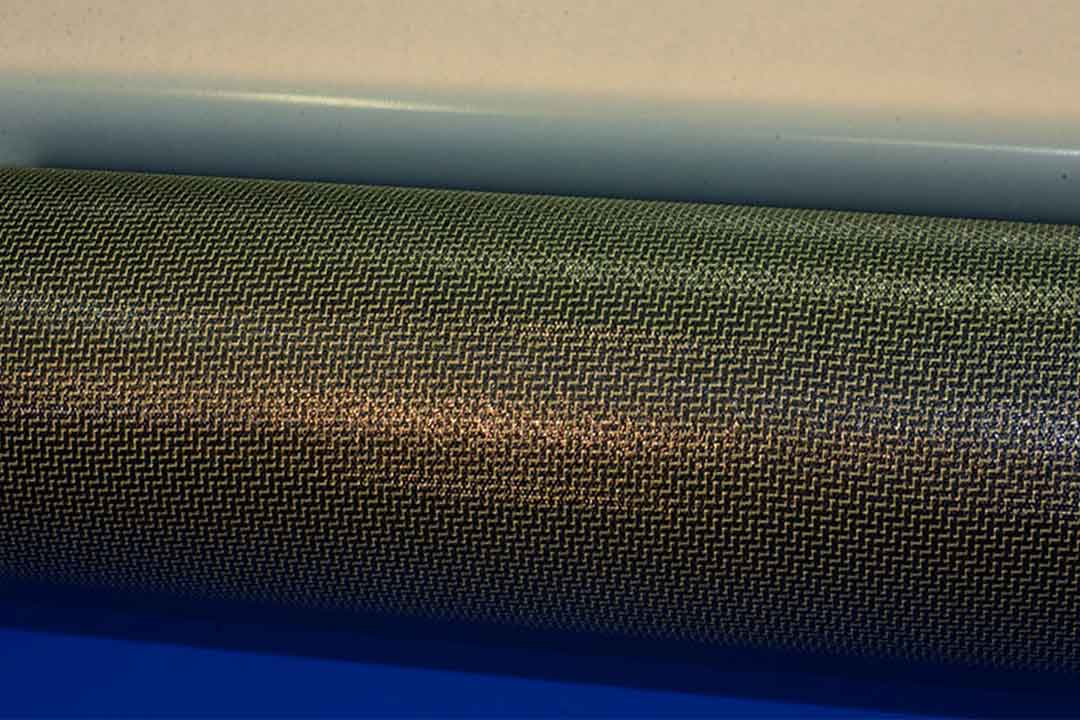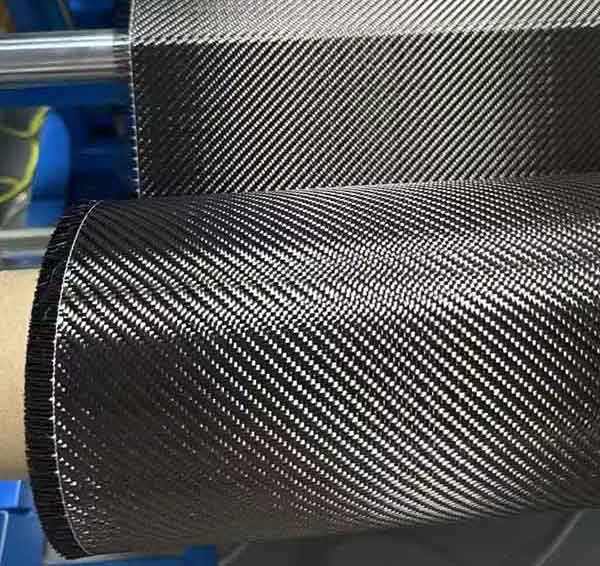Welcome to Mondince Bike - A well-known factory specialized in produce carbon bike frame and other parts since 2007.
Carbon vs Aluminum: Which Bike Wins?
Understanding the fundamentals of bike frames is essential for making a smart choice in material. Let's delve into the core concepts of bike frames and why their composition matters.
The frame is the backbone of your bike. It's the primary structure that holds everything together, from the wheels to the handlebars. It's a critical component that directly affects the bike's performance and usability. The material of the frame affects the bike's weight, which can influence how fast you can accelerate and how easy it is to climb hills. Durability is another key factor, as the frame must withstand the stresses of road use and potential impacts. Comfort is also affected by the frame, influencing how you feel over long distances. Lastly, cost is a significant consideration, as it can greatly vary depending on the material used.
The frame material influences how the bike rides and feels, making it a crucial decision point for cyclists. Each material has unique characteristics that can enhance or hinder your cycling experience depending on your needs and preferences. For instance, the flexibility or stiffness of the frame can affect how much energy you transfer into forward motion. The weight of the material also plays a role in your overall riding experience, especially in competitive scenarios. Additionally, how a frame responds to road vibrations can significantly impact comfort and fatigue levels during extended rides.
There are several materials used in bike frames, each offering distinct advantages and drawbacks. Carbon fiber and aluminum are among the most popular, but it's worth noting that steel and titanium are also used. Steel offers classic durability and a smooth ride but at a heavier weight. Titanium is lightweight and strong, providing a ride quality that many high-end cyclists appreciate, though it comes at a premium price. Understanding these materials can help contextualize the choice between carbon and aluminum.
Carbon fiber is often heralded as the pinnacle of modern bike frame materials, offering a unique combination of features that appeal to many cyclists.
Carbon fiber is a popular choice among cycling enthusiasts, and for good reason. Here are some reasons why carbon fiber might be the right choice for you:
- Lightweight: Carbon fiber is known for being incredibly light, which can make a significant difference in performance. This makes it an excellent choice for road cyclists who prioritize speed and acceleration. The reduction in weight can also make a bike easier to handle and maneuver, which is beneficial for both competitive racing and casual riding.
- Stiffness: Carbon frames are usually stiffer than aluminum frames. This stiffness helps with power transfer, making your pedaling more efficient. When every pedal stroke counts, such as in a race, the direct transfer of energy can provide a competitive edge. This stiffness can also contribute to a more responsive ride, which many cyclists find appealing.
- Aerodynamics: Carbon can be molded into aerodynamic shapes, which can reduce drag and improve speed. This is particularly advantageous for cyclists who engage in time trials or long-distance races, where aerodynamics can significantly impact performance. The sleek shapes achievable with carbon can also contribute to the aesthetic appeal of the bike.
- Comfort: Carbon fiber can dampen road vibrations, offering a more comfortable ride. This vibration-damping quality helps reduce fatigue over long distances, making it a preferred choice for endurance cyclists. It can also prevent the discomfort associated with riding on rough or uneven surfaces.
While carbon fiber has its benefits, there are also some drawbacks to consider:
- Cost: Carbon bikes tend to be more expensive due to the complex manufacturing process. The price can be a barrier for entry-level cyclists or those with budget constraints. However, for those who value performance and can afford the investment, the benefits may justify the cost.
- Durability: Though strong, carbon fiber can be more susceptible to damage from impacts. Unlike metal frames, which can often be repaired, damage to a carbon frame can be more challenging to fix. This makes them less ideal for situations where the bike might be subjected to rough handling or frequent crashes.
- Environmental Concerns: The production of carbon fiber is energy-intensive, raising environmental concerns. For eco-conscious cyclists, the environmental impact of producing and disposing of carbon fiber may be a consideration. This factor underscores the importance of weighing performance benefits against environmental responsibility.
Aluminum frames have long been a staple in the cycling world, offering a balance of performance and affordability.
Aluminum bikes have been a staple for many years and offer several advantages:
- Affordability: Generally, aluminum bikes are more budget-friendly compared to carbon bikes. This makes them accessible to a broader range of cyclists, from beginners to those who ride casually. The lower cost doesn't necessarily mean a compromise on quality, as modern aluminum frames are highly refined.
- Durability: Aluminum is a tough material, making it less prone to damage from knocks and bumps. Its resilience makes it an excellent choice for cyclists who need a bike that can withstand rough handling and challenging terrains. This durability ensures a longer lifespan, providing good value for money.
- Weight: Modern aluminum frames are quite light, though typically heavier than carbon. Advances in technology have allowed manufacturers to reduce weight while maintaining strength. This makes aluminum a viable option for those who want a lightweight bike without the higher cost of carbon.
- Handling: Many riders appreciate the responsive handling of aluminum frames. The material's stiffness contributes to a lively ride feel, which can be advantageous in situations requiring quick maneuvers. This responsiveness can enhance the enjoyment of riding, particularly in urban or technical environments.
Despite its benefits, aluminum has its own set of limitations:
- Comfort: Aluminum frames can be less forgiving on rough roads, leading to a harsher ride. The material's rigidity means it doesn't absorb vibrations as effectively as carbon, which can result in more road feedback. This can lead to discomfort, especially on long rides or rough surfaces.
- Flexibility: Aluminum doesn't absorb vibrations as well as carbon, which can lead to rider fatigue over long distances. This lack of vibration dampening can make extended rides less enjoyable, particularly for those who prioritize comfort. However, pairing an aluminum frame with quality components can help mitigate some of these issues.
- Aesthetic Limitations: While functional, aluminum frames often lack the sleek designs possible with carbon. For cyclists who value the visual appeal of their bike as much as its performance, this can be a downside. However, manufacturers are increasingly offering more aesthetically pleasing aluminum options.
When choosing between carbon and aluminum, it's essential to compare key factors that will influence your decision.
When it comes to weight, carbon fiber typically has the upper hand. A lighter frame means faster acceleration and easier climbing, making a noticeable difference in performance. However, advancements in aluminum technology have resulted in lighter aluminum frames than in the past. These improvements ensure that aluminum remains a competitive option for those who prioritize weight without the higher cost of carbon.
Carbon frames generally offer a smoother ride due to their vibration-dampening properties. This quality can make long rides more comfortable and less fatiguing. Aluminum frames, on the other hand, can feel more rigid and transmit more road feedback to the rider. The choice between the two often comes down to personal preference and the type of riding you do most often.
Budget is a crucial factor for most riders. Aluminum frames are generally more accessible for entry-level cyclists, providing a cost-effective way to enjoy cycling. Carbon frames, while more expensive, offer features that can be worth the investment for those who prioritize performance. For serious cyclists, the benefits of carbon can justify the higher price tag, especially if performance and comfort are top priorities.
The longevity and maintenance of a bike are essential factors to consider. Aluminum bikes are often seen as more robust and less prone to damage, making them a practical choice for riders who want a low-maintenance option. Carbon frames, while requiring more care, can last a long time if properly maintained. Understanding the maintenance needs of each material can help you make a more informed decision about which is right for you.
Making the final decision requires a careful assessment of your personal cycling needs and preferences.
Consider what you want from your cycling experience. Are you racing competitively, or are you more of a casual rider? Competitive cyclists might benefit from the performance advantages of carbon, including its lightweight and aerodynamic properties. Meanwhile, recreational riders could find aluminum perfectly sufficient, especially if budget constraints are a factor. Understanding your goals will help you narrow down the best choice for your circumstances.
The best way to decide between carbon and aluminum is to test ride bikes made from both materials. Pay attention to how each bike feels, the weight, and how they handle different terrains. Testing allows you to experience firsthand the differences in ride quality and performance, helping you make a more informed decision. It's also an opportunity to see how each material aligns with your comfort and handling preferences.
Think about the long-term value. While carbon bikes have a higher upfront cost, they could offer better performance and comfort, which might be worth it if you spend a lot of time riding. Consider how much you're willing to invest initially versus the potential long-term benefits. A carbon bike might offer a higher resale value and longer lifespan, making it a worthwhile investment for those who plan to ride extensively.
Your personal preference and style should also influence your decision. Consider the aesthetic appeal of the bike, as well as how it fits your personal style. Some cyclists prefer the high-tech look of carbon, while others appreciate the classic lines of aluminum. Ultimately, the right bike for you is one that you'll enjoy riding and feel proud to own.
In the carbon vs aluminum debate, there's no one-size-fits-all answer. The best choice depends on your personal preferences, budget, and cycling goals. Whether you choose a carbon or aluminum frame, both have the potential to offer an enjoyable cycling experience.
Remember to consider the weight, ride quality, and cost as you make your decision. Ultimately, the right bike for you is one that meets your needs and enhances your love for cycling. By understanding the strengths and weaknesses of both materials, you'll be better equipped to choose the bike that wins for you. Happy riding!











